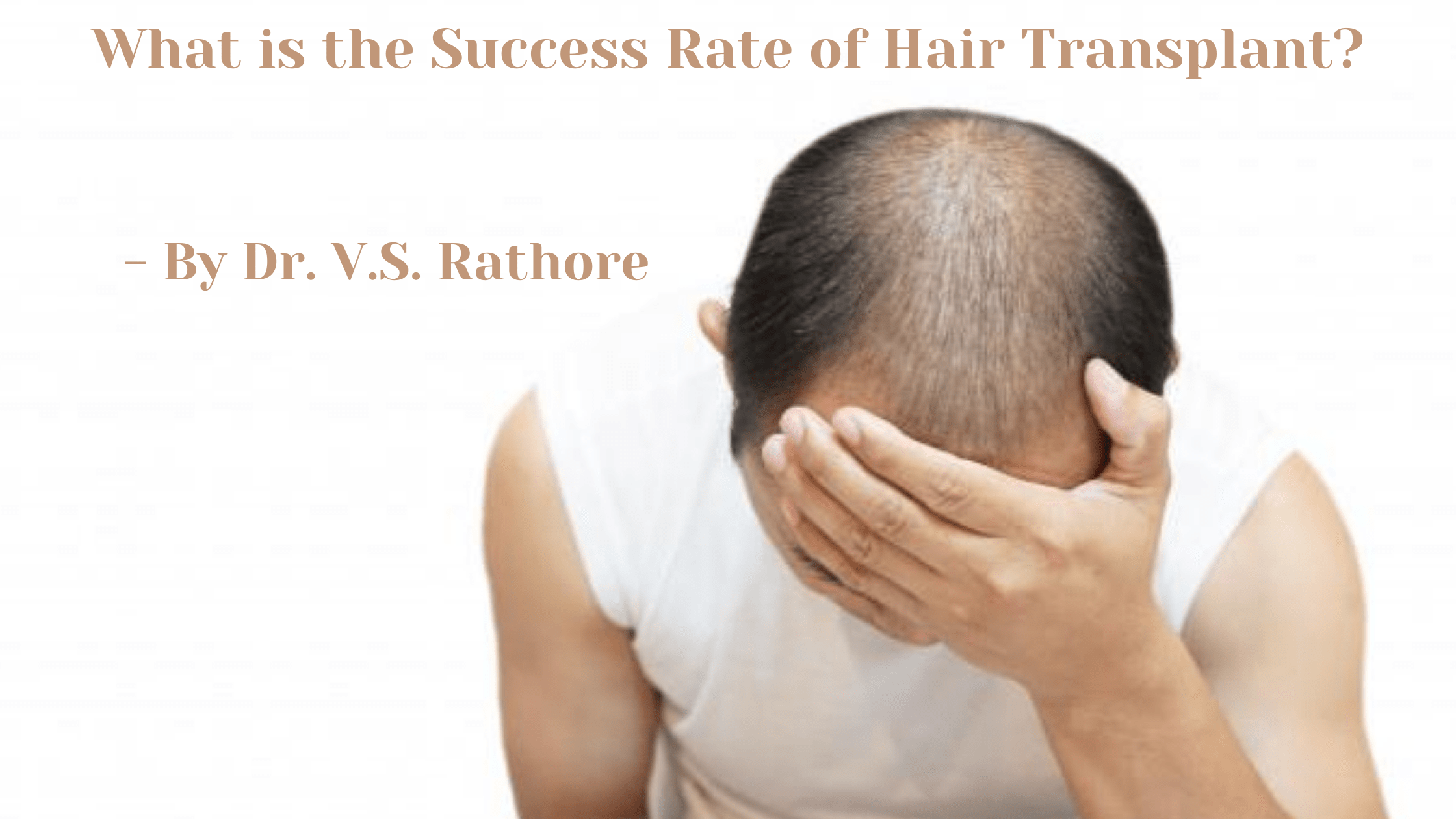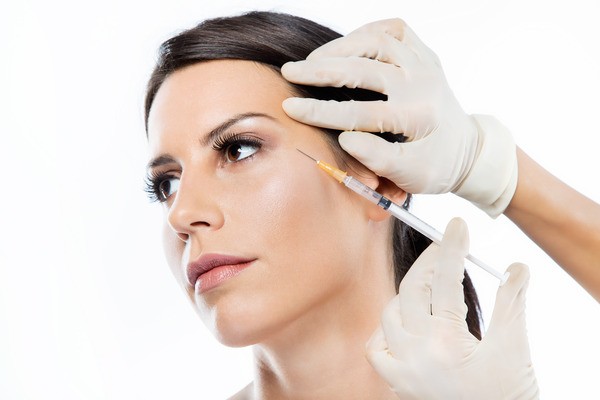
What Is The Success Rate Of Hair Transplant?
Hair transplants are surgical treatments done to add more hair to the head that is thinning or balding.
The procedure takes place by taking thicker hair from thicker parts of the scalp or from other parts of the body like beard hair and grafting it to the affected area.
About 60% of men and 50% of women experience some form of hair loss worldwide. Any greater than 50 to 100 hair strands loss per day is considered excessive.
Excess hair fall needs immediate attention before the condition worsens. There are many methods of hair restoration but hair transplants are considered the best for most people. It has a high success rate and offers a permanent solution which is why it is becoming more common for people to opt for it. Let us know What Is The Success Rate of Hair Transplants?
What Is The Success Rate of Hair Transplant?
Hair transplants have been known to have high success rates. It is estimated that anywhere from 10 to 80 per cent of the transplanted hair will fully grow back in four months. The success rates also depend on various factors like the individual's natural hair thickness and follicles. According to the American Society of Plastic Surgeons (ASPS), a hair transplant can provide a modest change in hair fullness.
There are two main methods of hair transplants.
One is the Follicular Unit Extraction (FUE) where the surgeon uses a tiny punch tool to remove follicles from the donor site and inject it into the recipient site.
The next is the Follicular Unit Strip Surgery (FUSS). In this, the surgeon will remove a strip of skin from the donor area and close the incision with stitches. Then, a microscope is used to separate the donor skin into tiny follicular units that contain one or a few hair follicles. These are then inserted into the desired area.
A study ( https://www.ncbi.nlm.nih.gov/pmc/articles/PMC5070467/ )states that among its 79 participants, the majority of people who had Follicular Unit Extraction (FUE) using their beard or body hair combined with the scalp were satisfied with an average overall score of 8.3 out of 10. They were also followed up for nearly 2.9 years where they were still satisfied with their outcome.
Another study ( https://www.ncbi.nlm.nih.gov/pmc/articles/PMC5064679/ ) shows that platelet-rich plasma (PRP) therapy with FUE increases its success rates. All of the participants had experienced more than 75% of hair regrowth in 6 months.
The ASPS warns people that for some, the transplanted hair follicles will not “take”. There are also chances for people to need a “touch-up” procedure. But that are rare cases. For the desired results, it is best to follow the surgeon's instructions and advice. A person who has done a hair transplant might need to avoid strenuous activity for weeks and might need to wait for several days before washing their hair. Other than a few simple restrictions, hair transplants have become a simple permanent solution that people head to for their hair problems.
Dr V. S. Rathore:
Since 2003, Dr V.S Rathore has been in the field of cosmetic surgery. For the past 18 years, he has successfully performed more than 9000 surgeries and 2100 hair transplants. He has strived by using his knowledge in cosmetology to build confidence in people and make their lives better.
Dr Rathore finished his Master of Surgery in general surgery and M.Ch in plastic surgery in Kolkata Medical College. He is also a former professor at Medical College and Hospital, Kolkata. Being inspired to become a surgeon after witnessing many traumatic stories, he continues to work hard for the well-being of his patients.









